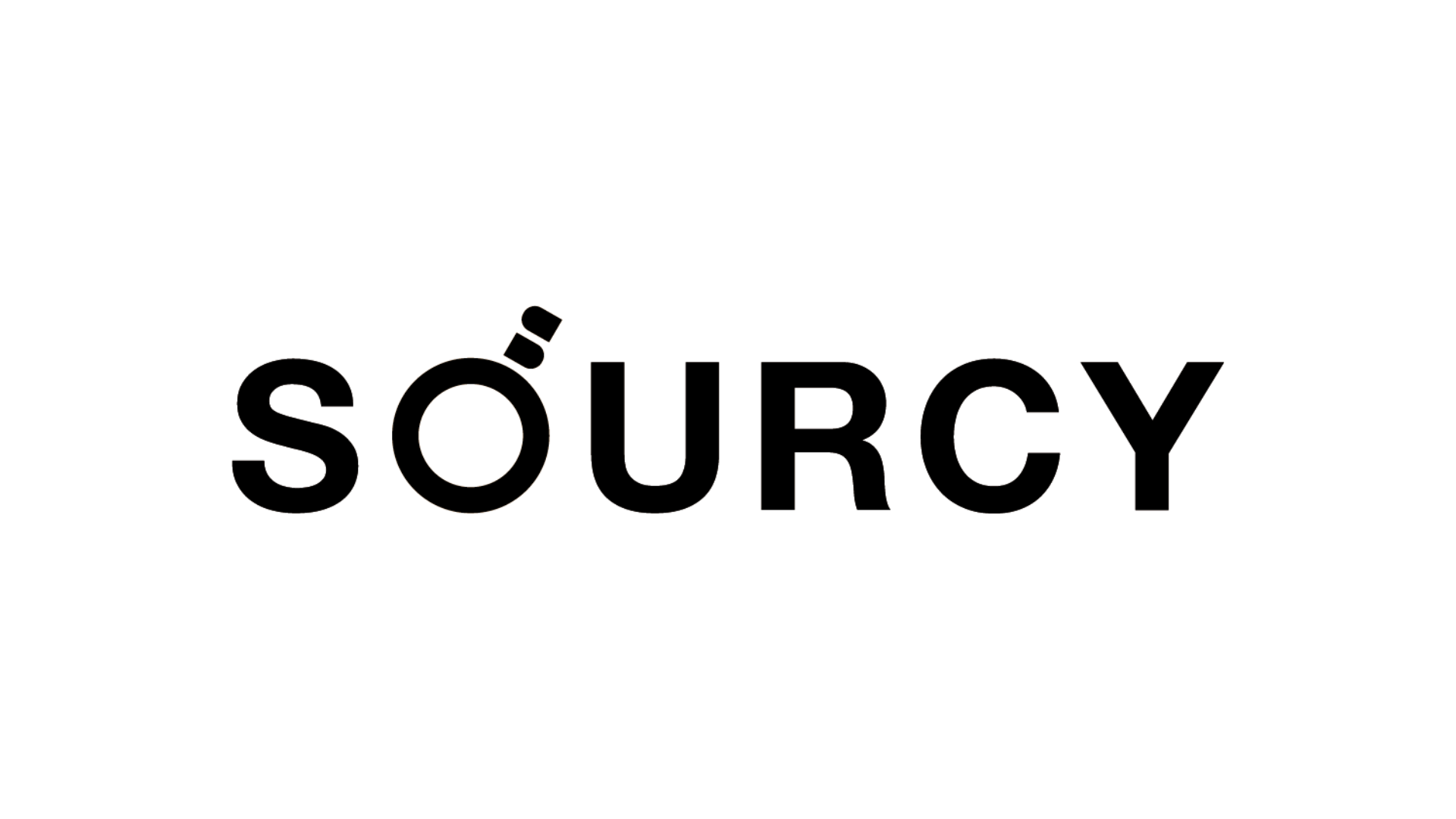US Market Trends for Lunch Boxes: Top Trends, Sourcing, and Procurement Strategies for 2025
- Nadia Tsabitarana
- Feb 21
- 3 min read
Updated: Mar 19

In 2025, the lunch box market is evolving with innovative trends that redefine how we pack our meals on the go. Understanding the latest product trends and the strategic sourcing process is crucial for brands and distributors, learn more about the crucial part of the sourcing process and how to set up for success here. Efficient procurement, supply chain management, and partnering with trusted sourcing companies and contract manufacturers ensure competitive pricing, quality assurance, and reduced cost throughout your product line.
Today, we’ve summarized the top trends for lunch boxes, focusing on key features and market insights that set leading products apart.
Unique Features That Set Products Apart
Recent market analysis reveals several standout factors:
Diverse Brand Appeal: Dominant brands like Milton, Borosil, and Cello lead the market with their established reputation and broad product lines, catering to diverse consumer needs. Meanwhile, competitive brands such as Signoraware and Sopl-Olivewarecapture attention with innovative designs and functional features at attractive price points. Smaller, niche brands like Attro and House Of Quirk offer unique designs and affordability, illustrating a fragmented market ripe for differentiation through innovation and value.
Capacity Versatility: Lunch boxes with capacities between 320 mL and 750 mL are most popular, providing practical solutions for standard meal portions. Compact sizes (180 mL to 290 mL) appeal to consumers looking for snack-friendly options, while larger capacities (750 mL to 800 mL) serve those with greater storage needs. For specialized uses, very small capacities (100 mL to 150 mL) are ideal for sauces and condiments, and extremely large sizes (7 L to 10 L) target group or family meal storage, though they are less common.
Color Choices: Versatile colors such as blue, black, and grey dominate the market due to their broad appeal and practicality. Transparent designs are popular with minimalist consumers, while vibrant hues like pink, red, and multi-color options cater to niche segments such as children. Variations of green (from aqua to dark green) also hold moderate appeal, often associated with freshness and eco-friendliness, offering a balanced mix of neutral and playful options.
Material Innovation: The preference for durability and hygiene drives material choices. Stainless steel and steel are favored for their strength, ease of cleaning, and ability to maintain food temperature, making them ideal for long-term, reusable use. BPA-free and food-grade plastics offer a lightweight and cost-effective alternative, while glass-based materials like borosilicate glass combine safety with aesthetic appeal. Fabric-based materials, including cotton, canvas, and Oxford cloth, are prized for their portability and stylish design, with specialized materials like silicone and velvet addressing niche functional or luxury requirements.
Essential Functional Features: Practicality is at the forefront, with features such as insulated, leak-proof, and airtight constructions ensuring food remains fresh and spill-free. Additional conveniences like microwave safe, dishwasher safe, and food-grade assurances cater to busy lifestyles. User-friendly elements—such as portability, easy-to-carry designs, and even integrated cutlery—enhance mobility, while sustainable features like BPA-free construction and reusability reflect the growing demand for eco-friendly products.
Why These Features Matter
These trends underscore the importance of balancing affordability with functional innovation. Consumers today demand products that not only offer practicality for everyday use but also deliver on style, durability, and sustainability. By incorporating a mix of versatile capacities, appealing color options, robust materials, and essential functional features, your offerings can stand out in a fragmented market. Effective sourcing and strategic procurement strategies help mitigate supply chain disruption, ensuring that each final product meets strict quality control and competitive pricing standards.
How Sourcy Can Help
Navigating the dynamic lunch box market is easier with Sourcy. Our platform simplifies sourcing by connecting you with a curated selection of products that align with these top trends (Read about the benefits of working with global sourcing companies like Sourcy here). By working with experienced sourcing agents, contract manufacturers, and sourcing specialists, you can streamline your procurement process and optimize global supply chains.
Whether you’re looking for high-quality, budget-friendly options or innovative designs with specialized features, Sourcy allows you to send in your request or chat with our AI to explore available products tailored to your needs. Let us help you achieve cost reduction, quality assurance, and a robust production process that keeps you ahead in the competitive US market.
The lunch box market in 2025 is characterized by a blend of innovation, versatility, and consumer-focused design. From diverse brand offerings and practical capacity options to appealing color palettes, robust materials, and essential features, these trends offer a comprehensive roadmap for success. By leveraging these insights and partnering with
Sourcy, you can confidently source products that not only meet consumer expectations but also set your brand apart in a crowded marketplace.
Explore the future of lunch boxes today—send in your request or chat with our AI to discover what products are available and how you can elevate your brand with the latest trends.
